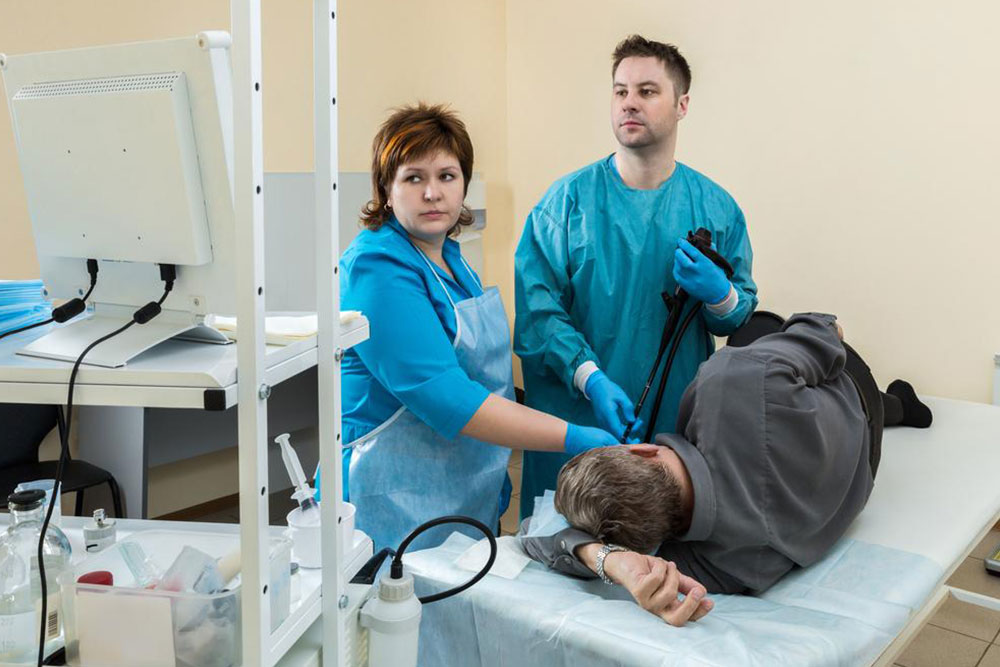Endoscopy – Its procedure and purposes
Endoscopy is a procedure that requires specialized instruments which help in viewing and operating the internal organs of the body. It helps the doctors and surgeons to view the internal organs of the body without making any large incisions on the body.
Endoscopy procedure is performed to indentify causes like abdominal chest pain, nausea and vomiting, heartburn, bleeding and swallowing problems. It is also used to identify problems like inflammation nd ulcers in the organs.

Performed as an outpatient procedure, upper endoscopy helps to identify and treat conditions such as upper digestive system bleeding. Upper endoscopy is better than x-rays to detect abnormal growths such as malignant or benign tumors.
Types of abnormalities that can be detected through an upper endoscopic procedure:
Following are some of the abnormalities that can be detected through an upper endoscope procedure
- Objects stuck in the esophagus, stomach or digestive tract.
- Bleeding caused due to ulcers, cancerous tumors.
- It can also help in detecting polyps, which are growths in tissues in the stomach.
- It can be used to take out tissue samples for biopsies that can be analyzed for further treatment.
Need for an Endoscopy procedure
A doctor may advise for an endoscopy procedure to initially examine an internal organ.
Since, it is a minimally invasive procedure a surgeon inserts the endoscopic apparatus through a small cut, a natural body opening such as mouth. The endoscopic apparatus has a lighted camera that allows the doctor to examine potential problems; a screen attached to it further helps the surgeons and doctors to see exactly what the endoscope is seeing.
As mentioned earlier, if the doctor finds a suspicious growth in the organ, they will remove a small sample of the abnormal growth and send it for biopsy.
The doctors will then review the symptoms and based on the physical examination, and blood samples taken prior to the endoscopy procedure, they will, with a more accurate understanding deduce the possible cause of the symptoms. Prior blood tests and other physical examinations can also help determine if the medical condition can be treated without an endoscopy or surgery.
Before the procedure, the doctor will provide complete instructions that will guide you to prepare for the same. Most of the endoscopy procedures require the patient to fast for at least 12 hours before the procedure. The laxatives and enemas given by the doctor prior to the procedure will help to clear the system.
It is important to tell the doctor about your medical history, current medications that you might taking (even though they are over-the-counter), and allergies if any that you might have. All these information will help the doctor perform a trouble-free procedure.